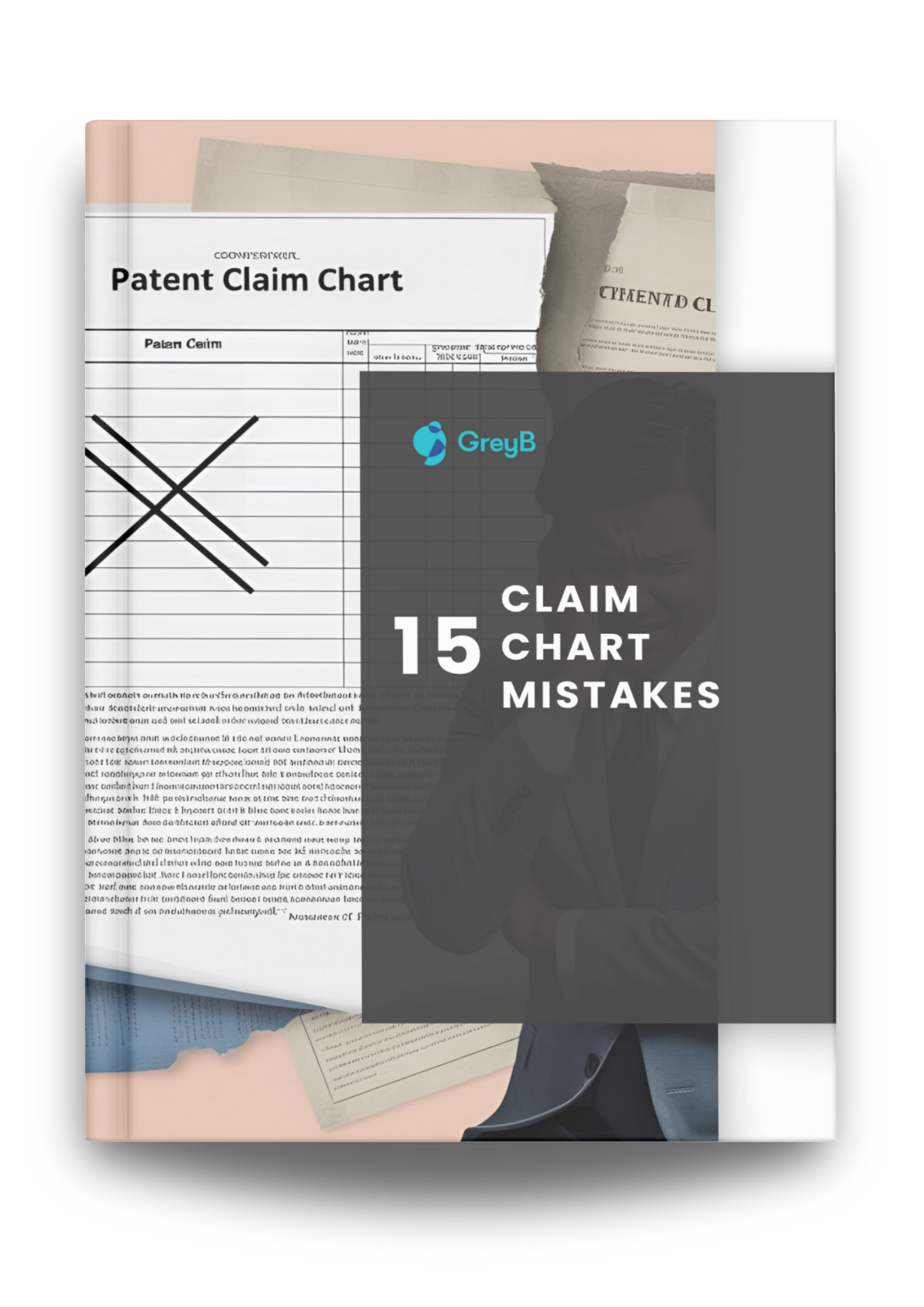Don’t Let Claim Chart Mistakes Undermine Your Patent Case
Patent infringement search loses its value if the claim chart does not convey the findings correctly. This report has decoded 15 common claim chart mistakes you must avoid for successful patent litigation.
Key Findings You Need to Know
- 50% of claim charts are deemed “conclusory.”
Ensure your claim charts provide clear, actionable theories and avoid vague or generic claims. - “Parroting” or “mimicking” claims undermines your case
Learn how to correctly match claim language with the accused products to avoid frustrating the court. - Open-ended claims leave room for ambiguity
Discover how to create focused charts with definitive contentions, not placeholder phrases like “for example.” - Pinpoint citations are critical
See how vague references to entire documents fail and why precise pinpointing is necessary for success. - Over-reliance on information and belief can lead to failure
Understand how to support your claims with substantial factual support, not wishful thinking.
Ensure Your Claim Charts Are Strong, Clear, and Court-Ready
Most patent litigators overlook these common mistakes—until it’s too late. Download this report and learn how to avoid them before they destroy your case.









